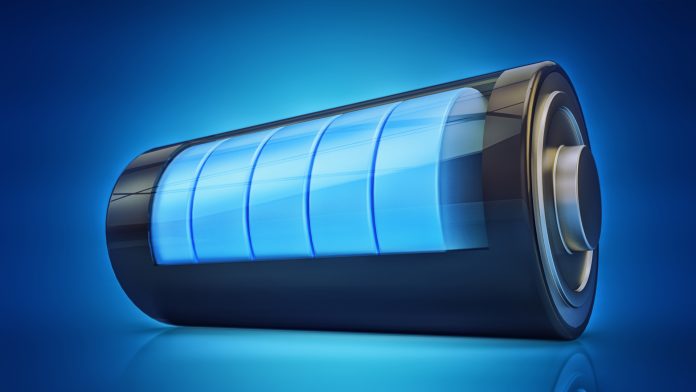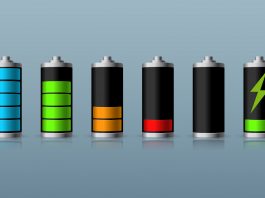Researchers at Albert-Ludwigs-Universität Freiburg have developed a novel method for producing hybrid redox-flow batteries with a long battery life, with promising potential for sustainable stationary energy storage.
Redox‑flow batteries accumulate electrical energy in chemical compounds that are then dissolved in an electrolyte. This technology offers a remarkably promising alternative to lithium‑ion batteries as stationary energy storage.
A team of researchers, led by Prof. Dr. Ingo Krossing from the Institute of Inorganic and Analytical Chemistry at the University of Freiburg has successfully developed a non-aqueous All‑Manganese Flow battery (All-MFB) that uses the more sustainable manganese – an abundant chemical element with a long cycle life – as its active material.
The Freiburg team has recorded their research findings in the latest edition of Advanced Energy Materials, under the title “Investigations toward a Non-Aqueous Hybrid Redox-Flow Battery with a Manganese-Based Anolyte and Catholyte”.
Active materials are chemical substances that are necessary in order to store energy in batteries. The researchers have now effectively replaced the previous active material – the element vanadium – with manganese, a much more abundant element.
Krossing, along with his research team, has implemented a novel method to apply the sustainable manganese in the battery: until now, coupling the deposition of manganese in its elemental form with the oxidation of manganese in the oxidation state +II to manganese +III had not been used to store electrochemical energy.
The newly-developed redox-flow batteries attain an energy density approximately twice as high compared to the typical redox‑flow battery with vanadium.
“With the electrolytes presented in our publication, energy densities of up to 74 Wh L–1 are possible,” explained Krossing. “This was already far better in the first try than the energy density of the vanadium redox‑flow battery, which has been researched since 1978.” Further optimisation of the battery is necessary, according to the Freiburg chemist, “but this system describes a new and highly promising design for sustainable stationary energy storage.”









